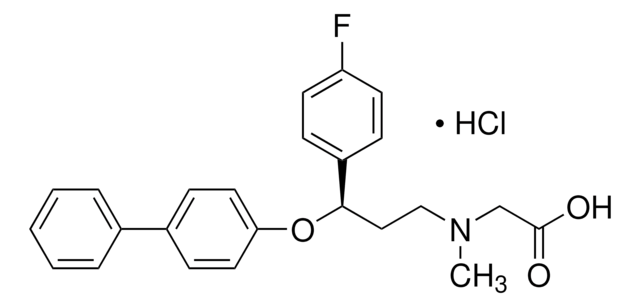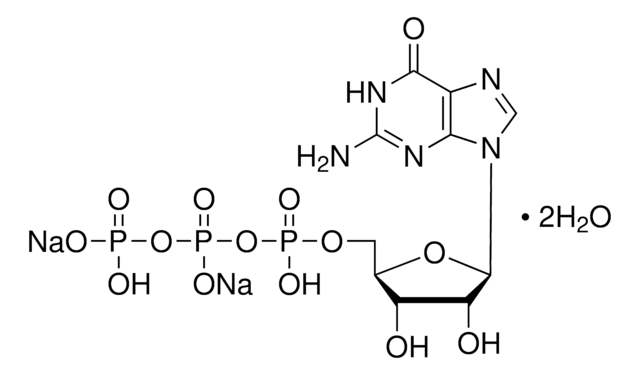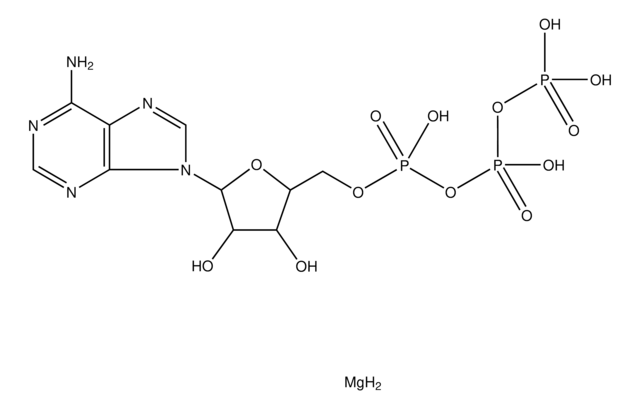SML2417
ORG 25543 Hydrochloride
≥95% (HPLC)
Sinônimo(s):
4-Benzyloxy-3,5-dimethoxy-N-[(1-dimethylaminocyclopentyl)methyl]benzamide hydrochloride, N-[[1-(Dimethylamino)cyclopentyl]methyl]-3,5-dimethoxy-4-(phenylmethoxy)benzamide hydrochloride, ORG 25,543 hydrochloride, ORG 25543 hydrochloride, ORG-25543 hydrochloride
About This Item
Produtos recomendados
Ensaio
≥95% (HPLC)
Formulário
powder
condição de armazenamento
desiccated
cor
white to beige
solubilidade
DMSO: 2 mg/mL, clear
temperatura de armazenamento
room temp
cadeia de caracteres SMILES
Cl.N(C3(CCCC3)CNC(=O)c1cc(c(c(c1)OC)OCc2ccccc2)OC)(C)C
InChI
1S/C24H32N2O4.ClH/c1-26(2)24(12-8-9-13-24)17-25-23(27)19-14-20(28-3)22(21(15-19)29-4)30-16-18-10-6-5-7-11-18;/h5-7,10-11,14-15H,8-9,12-13,16-17H2,1-4H3,(H,25,27);1H
chave InChI
NIPQJILJYQVZJR-UHFFFAOYSA-N
Ações bioquímicas/fisiológicas
Código de classe de armazenamento
11 - Combustible Solids
Classe de risco de água (WGK)
WGK 3
Ponto de fulgor (°F)
Not applicable
Ponto de fulgor (°C)
Not applicable
Escolha uma das versões mais recentes:
Certificados de análise (COA)
It looks like we've run into a problem, but you can still download Certificates of Analysis from our Documentos section.
Se precisar de ajuda, entre em contato Atendimento ao cliente
Já possui este produto?
Encontre a documentação dos produtos que você adquiriu recentemente na biblioteca de documentos.
Nossa equipe de cientistas tem experiência em todas as áreas de pesquisa, incluindo Life Sciences, ciência de materiais, síntese química, cromatografia, química analítica e muitas outras.
Entre em contato com a assistência técnica




![Guanosine 5′-[β,γ-imido]triphosphate trisodium salt hydrate ≥85% (HPLC), powder](/deepweb/assets/sigmaaldrich/product/structures/204/494/05808804-1ca7-44bf-b6c5-d4934dc7cb85/640/05808804-1ca7-44bf-b6c5-d4934dc7cb85.png)

